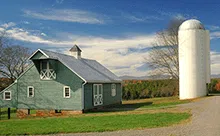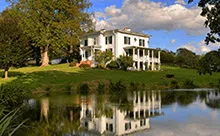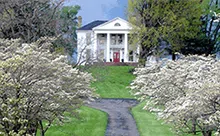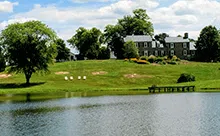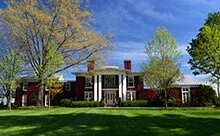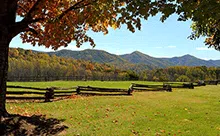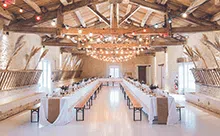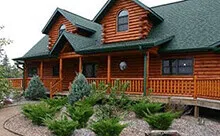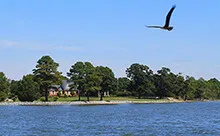
home / virginia resources / richmond virginia historic landmarks
Richmond Virginia Historic Landmarks
More About Richmond
The city of Richmond offers a unique connection between modernity and our country’s proud history; from the time of America’s independence, Richmond has played an important role in shaping the direction our country was headed, and the area is home to countless landmarks which serve as evidence.
Virginia’s capital city breathes its distinguished history from every street, landmark, and statue dedicated to notable residents, and visitors today can be transported through time as they walk where proud and noteworthy men and women walked in centuries prior.
Virginia State Capitol
Originally designed in the late-eighteenth century by Thomas Jefferson, the Virginia State Capitol building is available for guided and self-guided tours seven days a week. The Capitol has been renovated and restored and stands proudly today as the center of Virginia government. Also available for touring is the Governor’s Mansion, a Virginia and National Historic Landmark.
During the Civil War, the mansion served as the center of leadership for the Confederate States of America. Today, the mansion contains most of its original woodwork, plaster cornices, and ornamental ceilings. Tours are available Tuesdays, Wednesdays, and Thursdays.
http://www.virginiacapitol.gov
Monument Avenue
Richmond’s Monument Avenue is a street dedicated to Virginians who have helped to shape the history of our proud country; today, it is the only street in the United States that is a National Historic Landmark.
Along the tree-lined boulevard, visitors can marvel at the range of architecture – ranging from English Tudor to Colonial, Georgian to Spanish, and Beaux Arts to Italianate – and view monuments erected to honor Robert E. Lee, J.E.B. Stuart, Jefferson Davis, Stonewall Jackson, Matthew Fontaine Maury, and Arthur Ashe.
Museum of the Confederacy
At the Museum of the Confederacy, visitors experience three floors of “the most comprehensive collection of artifacts, manuscripts, and photographs from the Confederate States of America.” The museum offers an in-depth exploration of American society in the nineteenth century set against the meticulously-restored White House of the Confederacy, once home to Jefferson Davis.
Guided tours are available daily at the building which was once center of the Confederate government; today, over half the original furnishings have been preserved from Jefferson Davis’s center of command.
Agecroft Hall
Agecroft Hall is a manor home originally built in Lancashire, England in the late fifteenth century.
When it fell upon disrepair, Thomas C. Williams, Jr. had the house dismantled and shipped across the Atlantic Ocean, where it was reassembled in Richmond. Tours of the house give visitors a glimpse of the lives of the landed gentry of England’s Tudor and Stuart periods.
The beautiful, elaborate surrounding gardens were designed by landscape architect Charles Gillette, and provide visitors with a living exhibit of Elizabethan England. The museum and gardens are open Tuesday through Sunday.
St. John’s Church
To escape the wrath of Royal Governor Lord Dunmore in Williamsburg in 1775, Patrick Henry, George Washington, Thomas Jefferson, Richard Henry Lee, Peyton Randolph, and other delegates gathered in Richmond’s one suitable building, the still-standing St. John’s Church.
It was from this church that Patrick Henry delivered his unforgettable “Give me liberty or give me death!” speech; one month later, America was at war with Great Britain for its independence. Today, the church houses a permanent exhibition with a gift shop and periodic public reenactments of the Second Virginia Convention.



















